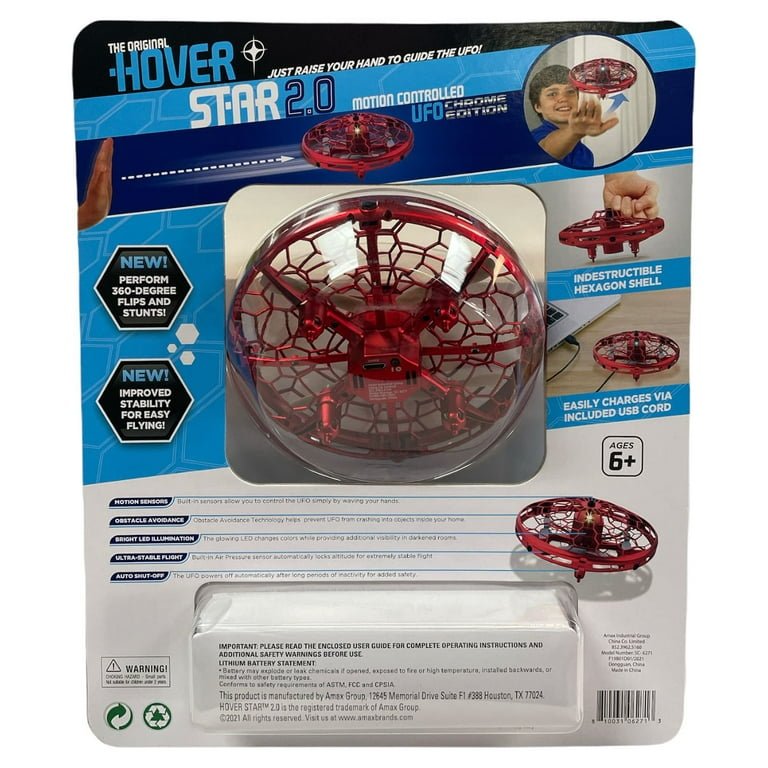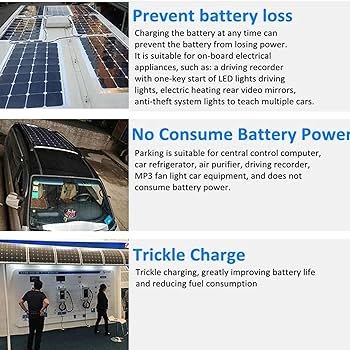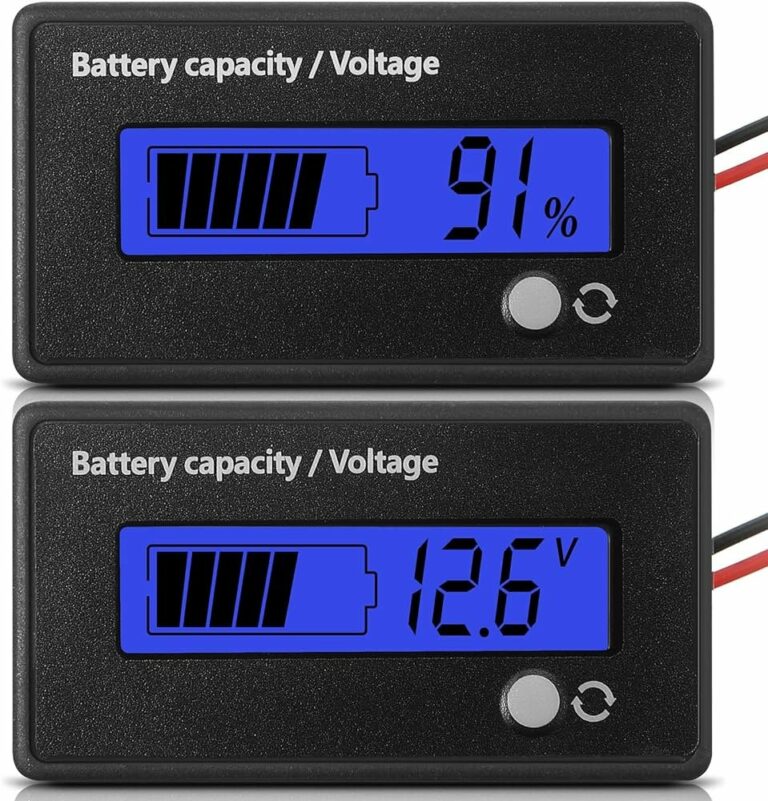How to Prevent Car Battery from Dying During Long Periods of Inactivity?
Today we discuss Prevent Car Battery from Dying During Long Periods. When it comes to long periods of inactivity, the last thing you want is to find your car battery dead. So, how can you prevent your car battery from dying during these times?
It’s essential to take some proactive steps to ensure that your battery remains charged and ready to go when you need it. In this article, we will explore some practical tips and tricks to keep your car battery in optimal condition, even during extended periods of inactivity. Let’s dive in!
How to Prevent Car Battery from Dying During Long Periods of Inactivity?
Car batteries are essential for the smooth functioning of your vehicle. However, during long periods of inactivity, such as extended vacations, seasonal storage, or in times of reduced usage, car batteries can lose charge and eventually die. To avoid this inconvenience and potential damage to your battery, it is crucial to take preventive measures. In this article, we will explore various methods and tips on how to prevent car batteries from dying during long periods of inactivity.
1. Disconnect the Battery
One of the most effective ways to prevent the battery from dying is to disconnect it completely. By doing so, you eliminate any potential current drain from the vehicle’s electrical system. Follow these steps to disconnect your car battery safely:
- Turn off the engine and remove the key from the ignition.
- Locate the battery in your vehicle. Refer to the owner’s manual if needed.
- Identify the negative (-) terminal and loosen the nut or bolt securing the cable clamp.
- Detach the negative cable from the battery terminal and secure it away from the battery.
- Repeat the process for the positive (+) cable if desired.
Keep in mind that disconnecting the battery will result in a loss of settings in your vehicle, such as radio presets and clock settings. However, this method ensures your battery remains fully charged for an extended period.
2. Use a Battery Maintainer
A battery maintainer, often known as a trickle charger or float charger, is a device designed to keep your battery fully charged during long periods of inactivity. It provides a constant low-level charge to compensate for any self-discharge and prevent the battery from dying. Here’s how to use a battery maintainer effectively:
- Select a suitable location near your vehicle’s battery to connect the maintainer.
- Ensure the ignition is turned off and all electrical components are switched off.
- Identify the positive (+) and negative (-) terminals on the battery.
- Connect the positive clamp of the maintainer to the positive terminal of the battery.
- Connect the negative clamp of the maintainer to a metal part of the vehicle away from the battery.
- Plug in the maintainer to a power outlet.
A battery maintainer will monitor the charge level and automatically adjust the charging rate to prevent overcharging. This method is particularly useful for vehicles that are stored for extended periods, such as classic cars or recreational vehicles.
3. Install a Battery Disconnect Switch
If disconnecting the battery manually seems cumbersome, consider installing a battery disconnect switch. This switch allows you to cut off the battery’s electrical connection with a simple turn of a knob or flip of a switch. Here’s how to install a battery disconnect switch:
- Choose a suitable location for the switch within reach while sitting in the driver’s seat.
- Turn off the engine and remove the key from the ignition.
- Locate the negative (-) terminal of the car battery.
- Follow the manufacturer’s instructions to install the battery disconnect switch in line with the negative cable.
- Ensure the switch is securely mounted and easily accessible.
By using a battery disconnect switch, you can effortlessly isolate the battery from the vehicle’s electrical system when not in use, preventing any unnecessary drain.
4. Start the Vehicle Regularly
Another effective way to keep your car battery from dying is to start the vehicle regularly, even during periods of inactivity. When an engine runs, the alternator charges the battery, replenishing any lost charge. Follow these steps to start your car periodically:
- Ensure your vehicle is parked in a well-ventilated area, free from any obstructions.
- Check the battery terminals for any signs of corrosion or looseness and clean/tighten if necessary.
- Turn off all electrical accessories such as lights, air conditioning, and the radio.
- Insert the key into the ignition and start the engine.
- Allow the engine to run for at least 15 to 20 minutes to recharge the battery.
- Ensure the vehicle is in park (automatic) or neutral (manual) before turning off the engine.
Starting the vehicle every few weeks helps maintain the battery’s charge level and keeps the internal components lubricated.
5. Make Use of a Battery Tender
Similar to a battery maintainer, a battery tender is designed to keep your car battery charged during prolonged periods of inactivity. However, battery tenders often provide a higher charging rate compared to maintainers. Here’s how to use a battery tender:
- Choose a secure location near your vehicle’s battery for connecting the tender.
- Ensure the ignition is off, and all electrical components are turned off.
- Identify the positive (+) and negative (-) battery terminals.
- Connect the positive clamp of the tender to the positive terminal of the battery.
- Connect the negative clamp of the tender to a metal part of the vehicle away from the battery.
- Plug in the battery tender to a power outlet.
A battery tender will charge the battery more quickly than a maintainer, ensuring it stays fully charged and ready to use.
6. Keep the Battery Clean
Maintaining a clean battery is essential for optimal performance and longevity. Accumulated dirt, debris, and corrosion can hinder the battery’s efficiency and lead to premature failure. Follow these steps to clean your car battery:
- Prepare a cleaning solution by mixing baking soda with water until it forms a paste.
- Turn off the engine and remove the key from the ignition.
- Locate the positive (+) and negative (-) terminals of the battery.
- Using a brush or toothbrush, apply the baking soda paste to the terminals and any affected areas.
- Gently scrub the terminals and surrounding areas to remove dirt and corrosion.
- Rinse the battery with clean water and wipe it dry with a clean cloth.
Regularly cleaning your battery helps prevent corrosion and ensures a solid electrical connection, allowing the battery to maintain its charge more effectively.
7. Store the Vehicle in a Controlled Environment
The environment in which you store your vehicle plays a crucial role in the health of your car battery. Extreme temperatures, especially cold weather, can cause batteries to lose charge faster. Whenever possible, store your vehicle in a climate-controlled environment to minimize potential battery drain. If such storage options are not available, try the following:
- Park the vehicle in a garage or carport to shield it from direct sunlight and extreme weather conditions.
- Consider using a battery insulation kit or thermal blanket to help regulate the battery’s temperature.
- Ensure the storage area has good ventilation to prevent the buildup of harmful gases.
By providing a suitable environment, you can minimize the rate of self-discharge and preserve your battery’s charge.
8. Check and Maintain Fluid Levels
For vehicles with conventional lead-acid batteries, regularly checking and maintaining the fluid levels is essential. Low fluid levels can affect the battery’s performance and potentially lead to irreversible damage. Follow these steps to check and maintain fluid levels:
- Ensure your vehicle is parked on a level surface.
- Turn off the engine and remove the key from the ignition.
- Locate the battery, usually under the hood or in the trunk area.
- Check the battery casing for a removable cover or cell caps.
- If present, carefully remove the cover or caps.
- Inspect the fluid level in each cell and ensure it is above the minimum line.
- If needed, add distilled water to the cells until the fluid level reaches the appropriate level.
- Replace and secure the cover or caps.
Regularly maintaining fluid levels ensures optimal chemical reactions within the battery and prevents premature failure.
9. Avoid Draining the Battery
Excessive electrical drain on the battery can result in a weakened charge, making it more susceptible to dying during periods of inactivity. Here are some tips to avoid draining the battery unnecessarily:
- Turn off all lights, interior and exterior, when exiting the vehicle.
- Avoid leaving electrical accessories, such as the radio or air conditioning, running when the engine is off.
- Unplug any external devices or chargers from the vehicle’s outlets when not in use.
- Ensure the vehicle’s doors, trunk, and hood are fully closed to prevent interior lights from remaining on.
- If possible, store your vehicle with the parking brake disengaged to avoid brake lights staying illuminated.
By minimizing electrical drain, you can preserve your battery’s charge and extend its overall lifespan.
10. Replace an Old or Weak Battery
Sometimes, no matter how well you maintain your car battery, it may still fail due to age or damage. If you suspect your battery is old, weak, or showing signs of deterioration, it is wise to replace it before an extended period of inactivity. Here are some indicators that your battery may need replacement:
- The battery is more than three to four years old.
- You experience difficulties starting the vehicle, even after a full charge.
- The battery casing appears swollen or deformed.
- The battery consistently fails to hold a charge.
- You notice an unpleasant smell or see a leak from the battery.
Consult a professional mechanic or visit a reputable auto parts store to ensure you select the appropriate replacement battery for your vehicle.
EASY FIX! Car Battery Keeps Dying? How to fix in 1 minute
Frequently Asked Questions
How can I prevent my car battery from dying during long periods of inactivity?
During extended periods of inactivity, it’s essential to take certain precautions to prevent your car battery from dying. Here are some tips:
Should I disconnect the battery when my car is not in use for a long time?
It is recommended to disconnect the battery’s negative terminal to prevent any drain on the battery when the car is not in use. This helps to ensure that there are no electrical components drawing power while the vehicle is inactive.
Can I use a battery maintainer or trickle charger to keep my car battery charged during inactivity?
Yes, using a battery maintainer or trickle charger is an effective way to keep your car battery charged during long periods of inactivity. These devices provide a slow and consistent charge to the battery, preventing it from draining completely.
What should I do if I don’t have access to a battery maintainer or charger?
If you don’t have access to a battery maintainer or charger, you can start your car for around 15 minutes every two weeks to keep the battery charged. This will help prevent it from losing its charge completely.
Is it important to store my car in a cool and dry place to protect the battery?
Yes, storing your car in a cool and dry place can help protect the battery. High temperatures can accelerate the self-discharge rate of the battery, leading to a shorter lifespan. Additionally, a dry environment reduces the likelihood of corrosion on the battery terminals.
Should I remove any additional electrical devices or aftermarket accessories before storing my car?
It is advisable to remove any additional electrical devices or aftermarket accessories before storing your car for a long time. These devices may have a small power draw even when the car is not in use, which can contribute to battery drain over time.
What is the recommended frequency for checking the battery charge during long periods of inactivity?
It is recommended to check the battery charge every month during extended periods of inactivity. This can be done using a voltmeter or with the help of a professional at a car service center. Regular checks allow you to address any potential battery issues promptly.
Final Thoughts
To prevent car batteries from dying during long periods of inactivity, there are several measures you can take. Firstly, disconnecting the battery or using a trickle charger can help maintain its charge. Secondly, parking your vehicle in a cool, dry place can minimize battery drain. Additionally, starting your car and letting it run periodically can keep the battery charged. Taking these simple steps can ensure that your car battery remains in good condition and ready to use when needed. So, how to prevent car battery from dying during long periods of inactivity? By following these suggestions, you can avoid the frustration and inconvenience of a dead battery.



